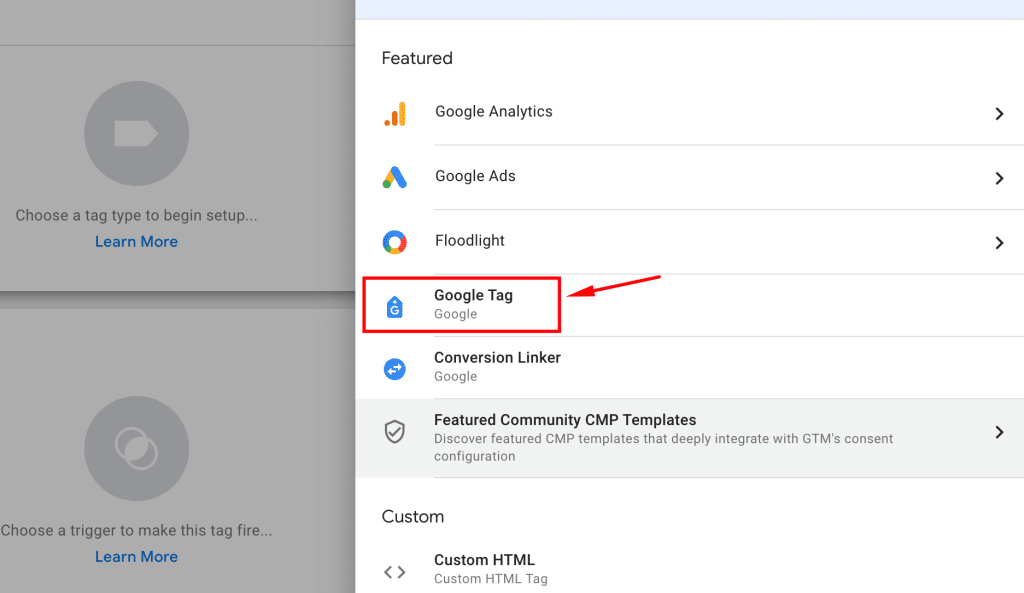
In early September, Google announced a significant update to its Tag Manager system, introducing a range of features that promise to streamline website tracking and enhance user experience. This update is poised to revolutionize how businesses manage their tags and harness crucial data for improved digital strategies. Let’s delve into the changes and understand why they matter to you.
Navigating the New Google Tag Manager Update: Embracing Google Tag
In a recent development, Google has bid adieu to the GA4 Configuration Tag, making way for the powerful Google Tag. This transition promises enhanced integration with various Google products, opening up a world of possibilities for users. Now, with Google Tag, you have the ability to seamlessly send data to multiple Google product destinations, including configuring conversions for Google Ads via Tag Manager.
Getting Started with Google Tag
Upon opening Google Tag, you’ll be prompted to input your unique Tag ID. This field accommodates three distinct Tag IDs:
- Google Analytics 4 Measurement ID (e.g., G-xxxxxxxxxx)
- Google Ads Tag ID (e.g., AW-xxxxxxxxxx)
- Google Tag ID (e.g., GT-xxxxxxxxxx)
Configuring Your Tag
Once you’ve added a Tag ID, you can delve into additional settings. These include Configuration settings, Shared event settings, and Advanced Settings, providing you with a comprehensive toolkit for fine-tuning your tags.
Seamless Integration with Google Analytics 4 Measurement ID
Arguably the most significant convenience stemming from this update is the ability to establish a constant variable housing your Google Analytics 4 Measurement ID. This invaluable feature can be applied universally across all Google Analytics: GA4 Events, streamlining your analytics endeavors.
Within the Variables section, you can effortlessly incorporate new User-Defined Variables. Simply select the variable type as Constant and input your Google Analytics 4 Measurement ID into the value field.
Revolutionizing Parameter Reuse
One of the standout features of the new Google tag ecosystem is the capacity to reuse parameters at both the configuration and event levels, fostering efficiency and flexibility in your tagging strategies.
Configuration Settings Variable: This empowers you to set parameters that load in tandem with the Google tag. Consider a scenario where your website caters to a multilingual audience. With a configuration variable housing a language parameter, you can seamlessly segment your audience based on their preferred language, eliminating the need for manual updates to each tag.
Event Settings Variable: This feature allows you to append additional parameters to each event. Imagine you’re running a sale in your online store and wish to track the usage of a provided discount code. Instead of manually adding the discount parameter to each tag, leverage the power of event settings variables to effortlessly integrate this parameter across your events.
The transition from the GA4 Configuration Tag to the versatile Google Tag marks a significant leap forward in the realm of tag management. With seamless integration and powerful parameter reuse capabilities, this update promises to streamline your tagging process and unlock a new level of efficiency in your analytics endeavors. Embrace the change and harness the full potential of Google’s dynamic tag management system.



